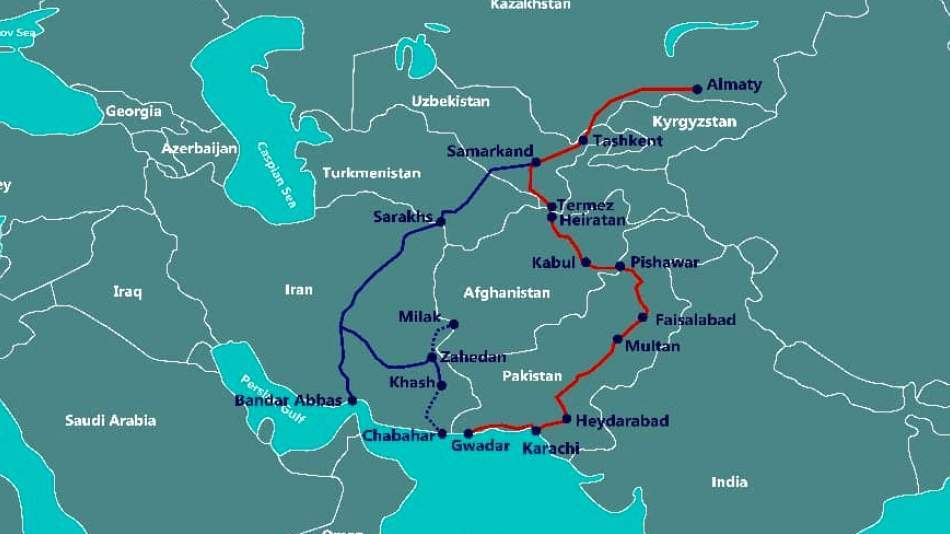Regional Reshape Through China’s Rail Ambitions in Afghanistan
DIDPress: Think China media wrote that Trans-Afghan Railway (TAR) is a proposed rail route that will stretch from Termez in Uzbekistan to Peshawar in Pakistan, passing through Mazar-i-Sharif and Logar cities in Afghanistan.

On May 21, 2025, the foreign ministers of China, Pakistan, and Afghanistan’s Taliban government met in Beijing and signed a key agreement to link two strategic projects: the China-Pakistan Economic Corridor (CPEC) and the Trans-Afghan Railway (TAR). The agreement represents a fundamental step in China’s plan to rebuild Eurasia and expand its economic and geopolitical influence through the Belt and Road Initiative (BRI).
Trans-Afghan Railway (TAR) Project
The TAR is a proposed rail route that will connect Termez in Uzbekistan to Peshawar in Pakistan via Mazar-i-Sharif and Logar in Afghanistan. This approximately 600 km project, when implemented, will be the first direct rail connection between Central and South Asia.
Its objectives are:
1. Providing direct access for landlocked Central Asian countries to the Arabian Sea and Pakistani ports (Gwadar, Karachi)
2. Creating an alternative route for South Asia to access Central Asian and European markets while bypassing sanctions on Iran and Russia
Estimates indicate this $5 billion project will reduce transportation time from 35 days to 5 days and lower costs by 40%. It’s projected to transport up to 15 million tons of cargo annually by 2030.
CPEC Project
The China-Pakistan Economic Corridor, which began in 2015 between China and Pakistan, is a $65 billion project that connects China to Pakistan’s seaports through the Xinjiang region. This project includes transportation infrastructure, energy, railways, and industrial zones. So far, 38 projects worth $25.2 billion have been completed, and 26 other projects worth $26.8 billion are currently being planned.
Strategic Integration of TAR with CPEC
The merger of these two projects strengthens China’s strategy to build a Eurasian land network that bypasses maritime chokepoints like the Malacca Strait and sanctioned routes. The most likely connection point is Peshawar in Pakistan, which links to the CPEC network and major ports.
China has three main objectives for this integration:
1. Facilitating Central Asia’s access to global markets
2. Creating cross-border energy and digital infrastructure
3. Expanding geopolitical influence through development and investment
Domestically, these projects align with China’s “Go West” policy, aiming to develop western provinces (including Xinjiang) and transform cities like Kashgar into regional trade hubs.
Challenges
Security: The railway’s path through unstable regions of Afghanistan and porous borders poses serious threats from terrorist groups including the East Turkestan Islamic Movement, endangering Xinjiang’s security.
Geopolitical: Unstable Pakistan-Afghanistan relations, regional rivalries, and the Taliban government’s limited legitimacy hinder project progress.
Technical: Differences in rail gauges (among China, Pakistan and Uzbekistan), earthquakes, difficult terrain, and lack of border coordination present major implementation challenges.
Conclusion
The TAR-CPEC integration could transform Eurasia’s trade structure, energy security and diplomacy, creating a powerful China-led land network. However, the project’s success depends on overcoming extensive security, political and technical obstacles.